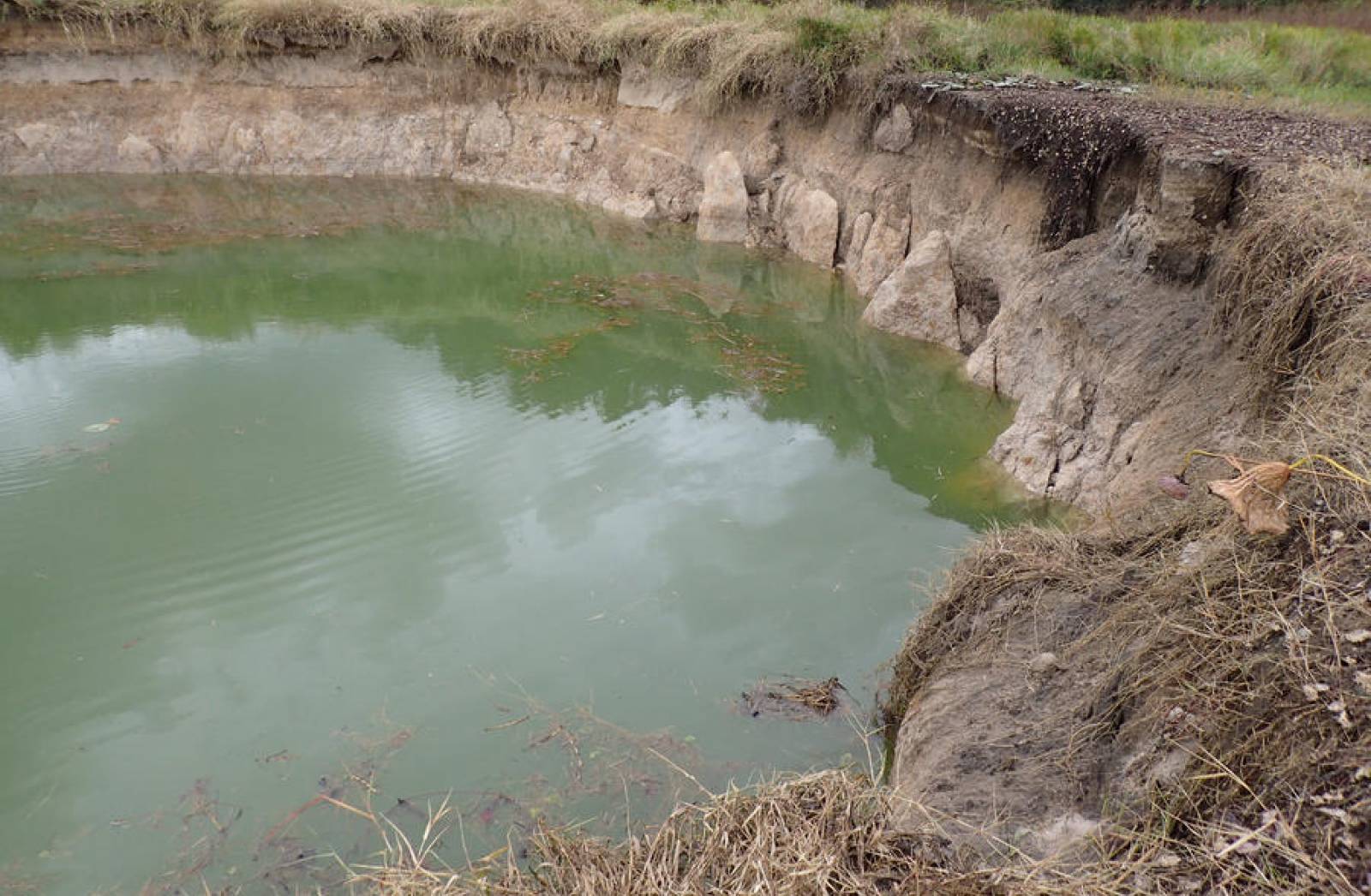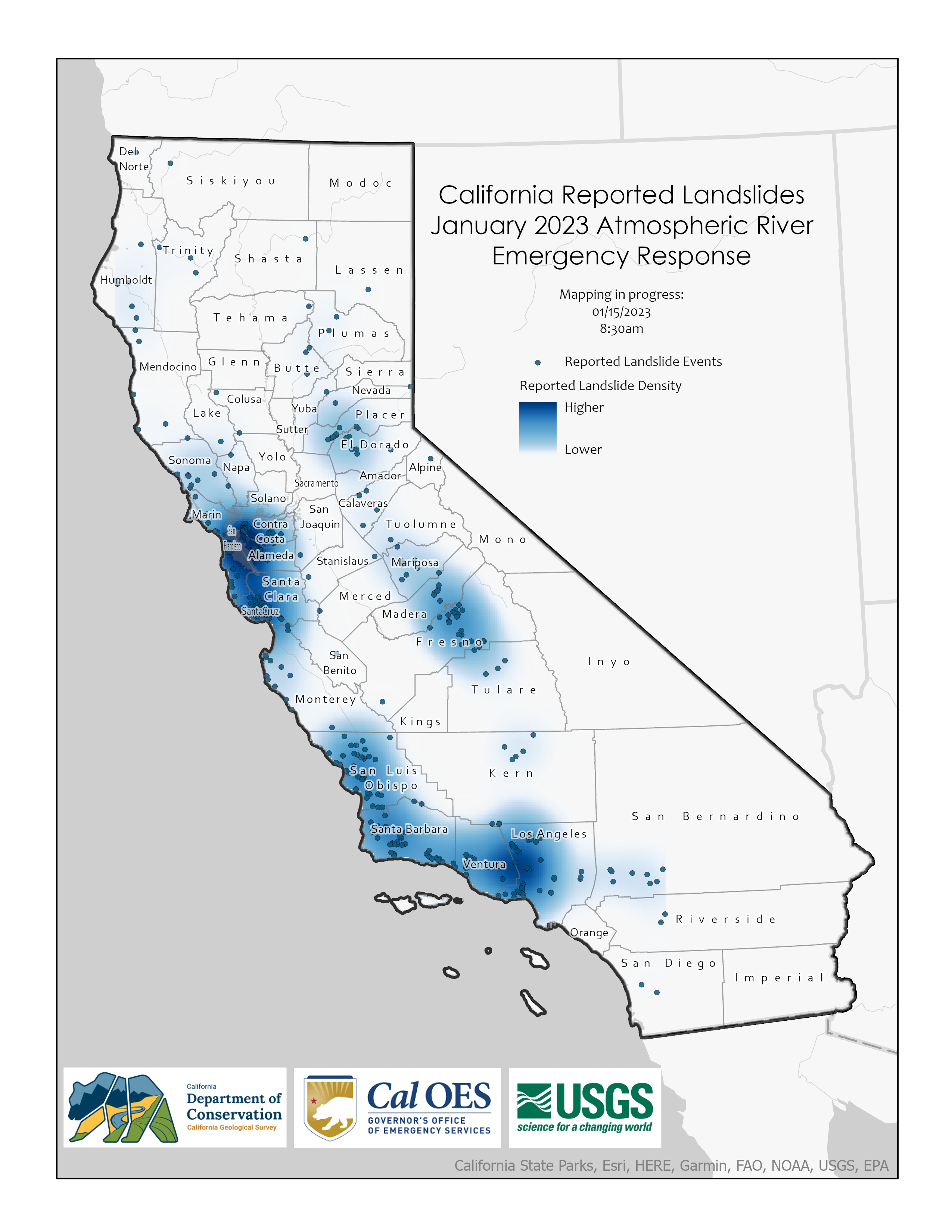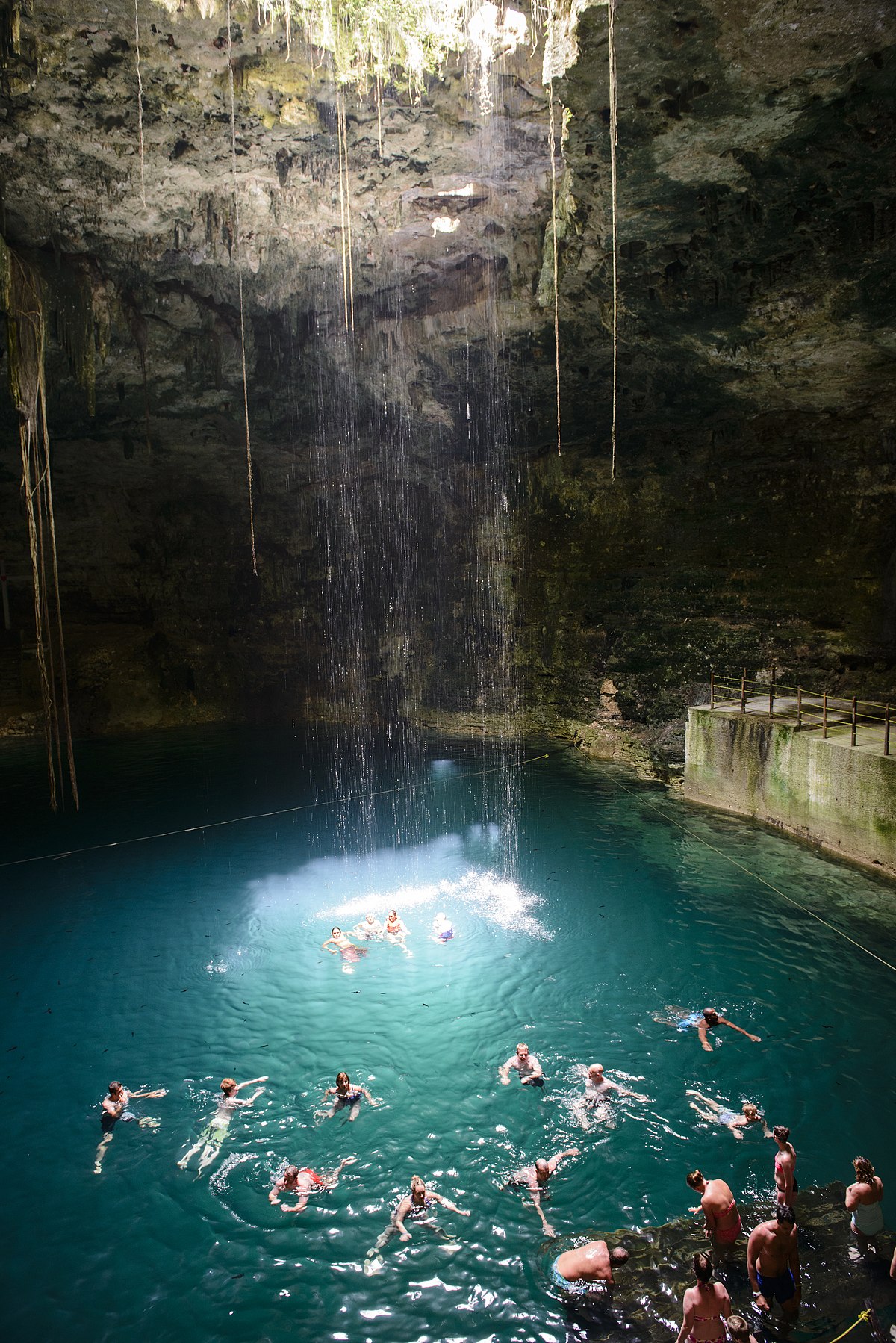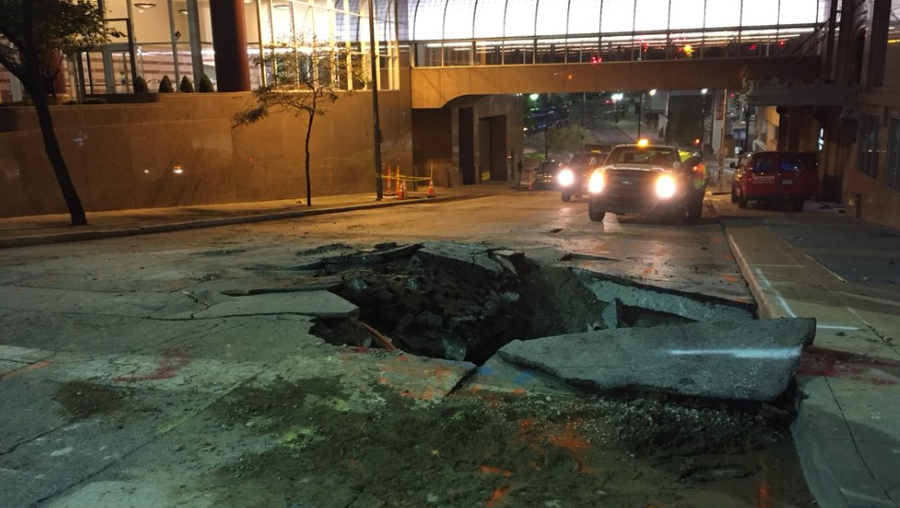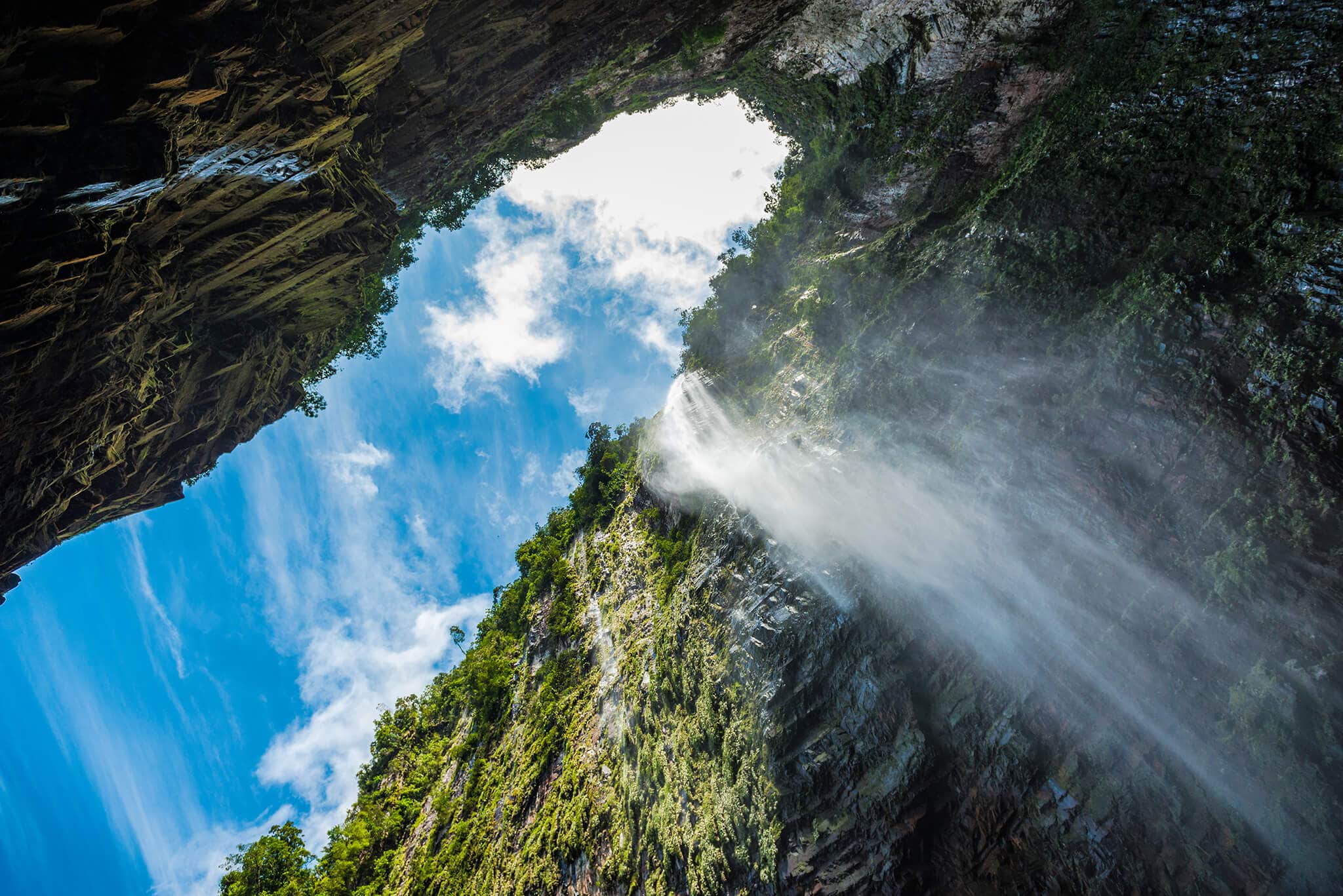Topic sinkholes water: Discover the fascinating interplay between water and sinkholes, exploring their mysterious formation, environmental impact, and innovative solutions for a safer future in our comprehensive guide.
Table of Content
- How are sinkholes related to water and what factors can contribute to their formation?
- The Formation of Sinkholes
- Impact of Sinkholes
- Conclusion
- Introduction to Sinkholes
- YOUTUBE: Water Sink Hole
- The Science of Sinkhole Formation
- Types of Sinkholes and How They Form
- Role of Water in Sinkhole Development
- Human Activities and Their Impact on Sinkhole Formation
- Environmental and Structural Impacts of Sinkholes
- Case Studies of Significant Sinkholes Around the World
- Preventing and Mitigating Sinkhole Damage
- Future Research and Monitoring Techniques for Sinkholes
- Conclusion: Living with Sinkholes and Protecting Vulnerable Areas
How are sinkholes related to water and what factors can contribute to their formation?
Sinkholes are closely related to water and can be formed by various factors. Here are the key points:
- One major factor contributing to the formation of sinkholes is the presence of water underground. When water dissolves the rock below the surface, it can create cavities that eventually collapse, forming a sinkhole.
- Heavy rainfall can also play a role in sinkhole formation. Excessive water flowing through the ground can erode the rock and soil layers, weakening the ground above and causing it to collapse.
- Human activities such as groundwater pumping, construction, and mining can disrupt the natural water flow underground, leading to the destabilization of the ground and potential sinkhole formation.
- In areas where the water table is close to the surface, the constant movement of underground water can gradually wear away the rock layers, creating voids that may eventually collapse and form sinkholes.
- It is essential to monitor water levels and geological conditions in sinkhole-prone areas to prevent potential sinkhole formation and mitigate the risks associated with them.
READ MORE:
The Formation of Sinkholes
Sinkholes can form through several mechanisms, all involving water in some way. Natural processes like the dissolution of rock by acidic groundwater, the collapse of cave roofs, or changes in groundwater levels can lead to the formation of sinkholes. Human activities, such as over-pumping groundwater, construction, mining, or the alteration of water drainage patterns, can also trigger sinkhole development.
Types of Sinkholes
- Solution Sinkholes: Form directly on limestone terrains where water erodes the rock surface.
- Collapse Sinkholes: Occur when the roof of an underground cavern collapses, creating a hole on the surface.
- Subsidence Sinkholes: Develop gradually when sediment fills a void in the limestone, creating a depression.
:max_bytes(150000):strip_icc()/__opt__aboutcom__coeus__resources__content_migration__mnn__images__2019__03__CenoteIkKilStairwellSwimmingHole-d99e791c5c2242f680c5b143c04fd056.jpg)
Impact of Sinkholes
Sinkholes can have significant impacts on the environment and human infrastructure. They can swallow up buildings, roads, and other structures, leading to costly damages. Moreover, sinkholes can also affect water quality by redirecting surface water and pollutants into groundwater supplies.
Prevention and Mitigation
Understanding the underlying geology and monitoring water levels can help in the prevention and mitigation of sinkholes. In areas prone to sinkholes, proper land use planning and the avoidance of excessive groundwater extraction are critical. Engineering solutions, such as underpinning buildings or grouting sinkholes, can also be effective in managing the risks associated with sinkholes.
Conclusion
Sinkholes are a natural part of the landscape in many parts of the world, particularly in regions with soluble rock layers. While they can pose risks to humans and the environment, understanding their formation mechanisms and implementing appropriate land management strategies can mitigate these risks. With careful monitoring and management, we can coexist with these fascinating geological features.
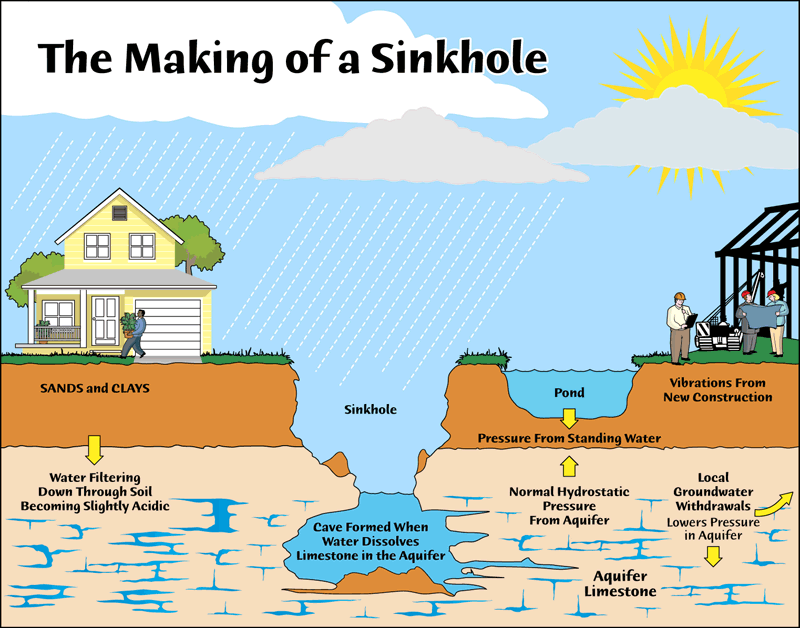
Introduction to Sinkholes
Sinkholes, natural depressions or holes in the Earth"s surface, occur when water dissolves underlying rock, leading to the collapse of the surface layer. Predominantly found in areas with soluble rock like limestone, gypsum, or salt beds, sinkholes are fascinating geological phenomena that can range from a few feet to several hundred acres in size and vary from shallow depressions to deep pits.
The formation of sinkholes is a process known as "karst" terrain development, where acidic water, often from rainfall, percolates through the soil, gradually dissolving rock and creating underground voids. Over time, these voids can grow large enough that their roofs can no longer support the weight of the earth above, leading to sudden collapses or gradual subsidences.
While natural processes primarily drive sinkhole formation, human activities such as excessive groundwater withdrawal, construction, mining, and the alteration of natural water-drainage patterns can significantly exacerbate their development. Understanding the science behind sinkholes is crucial for managing their risks, especially in susceptible regions.
Sinkholes can have various impacts, including environmental, structural, and human safety risks. They can swallow buildings, roads, and other infrastructures, leading to costly damages. Moreover, sinkholes can also form beautiful natural landscapes and serve as unique ecosystems supporting diverse wildlife.
Our journey into the world of sinkholes will explore their science, types, impacts, and the measures we can take to mitigate their risks. By understanding sinkholes, we can better prepare for and manage their occurrences, protecting our communities and the environment.
Water Sink Hole
Witness the mesmerizing forces of nature at play as erosion shapes and transforms the landscapes around us. Explore the beauty in the breakdown and evolution of our Earth in this fascinating video on erosion.
Sinkhole swallows trees in Louisiana swamp
Embark on a virtual journey to the vibrant state of Louisiana, known for its rich culture, thriving music scene, and delicious cuisine. Discover the charm and allure of this Southern gem in all its glory in this captivating video.
The Science of Sinkhole Formation
Sinkhole formation is a complex process governed by both natural and human factors. It begins with the dissolution of soluble rock, such as limestone, dolomite, or gypsum, by acidic water. Over time, this dissolution creates underground cavities and voids. When the ground above these voids can no longer support its own weight, a sinkhole occurs, collapsing suddenly or gradually.
There are three primary types of sinkholes:
- Solution Sinkholes: Form directly on limestone or other carbonate rock surfaces, created by the action of water dissolving the rock beneath the soil.
- Cover-Subsidence Sinkholes: Develop gradually where sand covers the bedrock. Water percolates down through the soil, carrying particles into cracks and crevices in the rock, enlarging these spaces over time.
- Cover-Collapse Sinkholes: The most dramatic and dangerous type, occurring where the covering material is clay. The void below becomes large enough that the clay-rich surface collapses into the void, often suddenly.
Water plays a critical role in each type, acting as both a solvent and a physical force that transports dissolved materials and sediments. Human activities, such as excessive groundwater withdrawal and construction, can exacerbate the conditions that lead to sinkhole formation, highlighting the need for careful water management and land use planning.
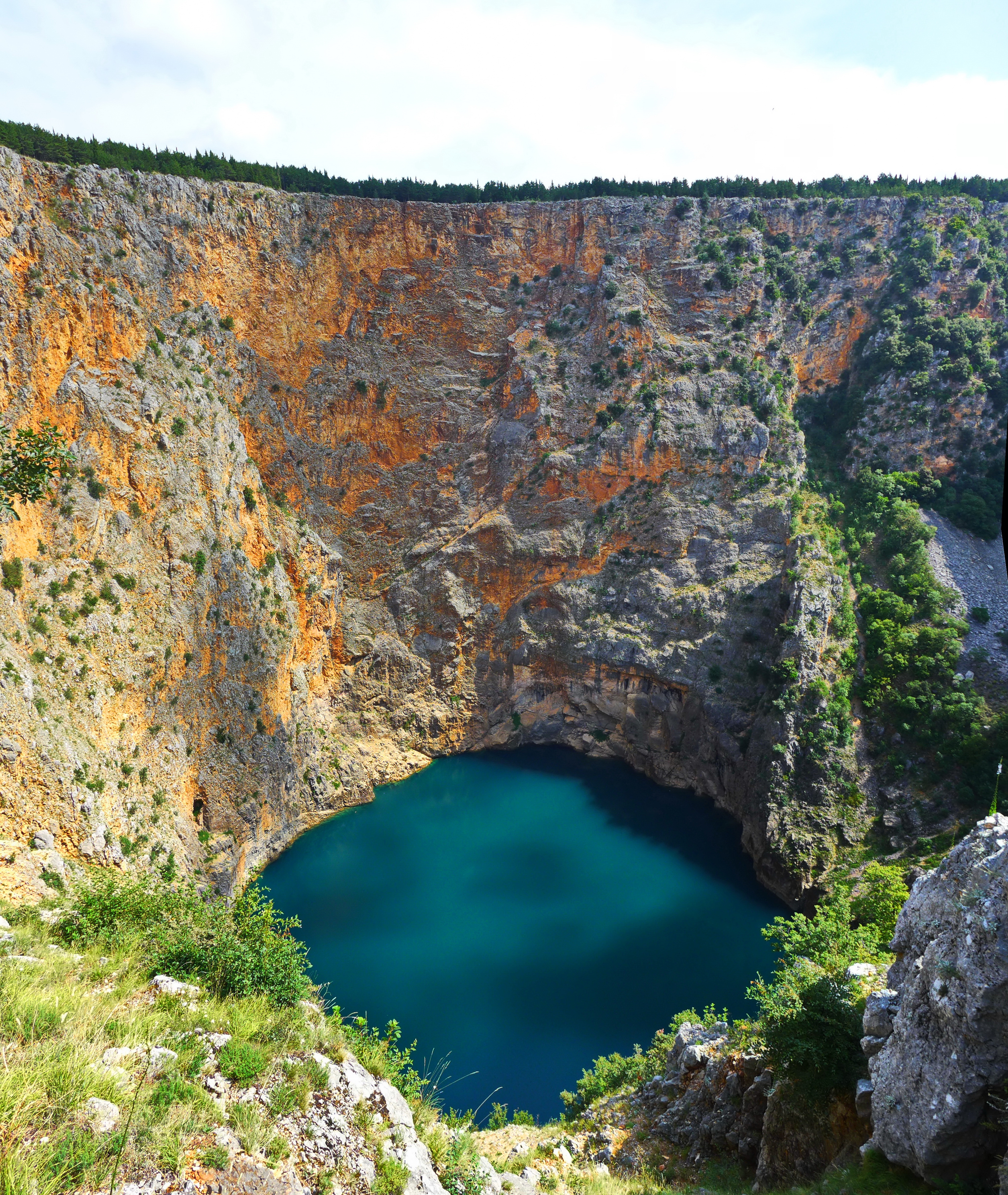
Types of Sinkholes and How They Form
Sinkholes are natural depressions or holes in the Earth"s surface that result from the removal of soil or bedrock, often dissolved by water. There are three primary types of sinkholes, each formed through different geological processes:
- Dissolution Sinkholes: These occur where there is little or no vegetation covering the limestone or other carbonate rocks. Rainwater, which is slightly acidic, dissolves the rock surface, leading to the formation of a depression.
- Cover-Subsidence Sinkholes: This type forms in areas where sand covers the bedrock. The sand filters down into openings in the rock, creating a void which eventually collapses, forming a sinkhole.
- Cover-Collapse Sinkholes: The most dramatic and dangerous type, these occur where the underlying rock is covered by a layer of clay. Over time, as the rock dissolves, cavities form. The clay layer can support the weight above it until it suddenly collapses into the cavity below, often with little to no warning.
Understanding the types of sinkholes and their formation processes is crucial for predicting their occurrence and mitigating their impacts on the environment and human structures.
Role of Water in Sinkhole Development
Water plays a critical role in the formation and development of sinkholes, acting both as a slow creator and sudden trigger. This section explores the multifaceted influence of water on sinkhole development:
- Dissolution of Rock: Water, especially when slightly acidic, can dissolve carbonate rocks such as limestone, leading to the gradual formation of underground cavities. This process is the primary mechanism behind the creation of many sinkholes.
- Percolation and Erosion: Water percolating through the soil can carry away fine particles over time, enlarging cracks and voids in the subsurface layers, and eventually leading to the collapse of the surface into these voids.
- Groundwater Level Fluctuations: Changes in groundwater levels, whether due to natural reasons like drought or human activities such as water withdrawal, can destabilize the support of underground cavities, triggering sinkhole collapses.
- Rainfall and Flooding: Heavy rainfall and flooding can quickly fill sinkholes or the cavities leading to them, significantly increasing the weight on the underlying support structure and causing sudden collapses.
Understanding the role of water in sinkhole development is crucial for predicting their occurrence and implementing measures to mitigate their impact on human infrastructure and the environment.

Human Activities and Their Impact on Sinkhole Formation
Human activities significantly contribute to the formation and expansion of sinkholes, affecting both natural landscapes and developed areas. These activities can alter the land"s physical and hydrological properties, leading to the development of sinkholes under certain conditions.
- Construction and Development: Construction activities, including the burial of organic material like tree limbs and construction debris, can create underground cavities. As this material decays over time, it leaves voids that can collapse, forming sinkholes. This process is exacerbated by the fact that the decay of buried organic matter and the erosion caused by leaking utility lines can lead to sudden land subsidence.
- Groundwater Withdrawal: The extraction of groundwater for irrigation, industrial, or residential use can lower the water table, reducing support for the overlying ground. This can lead to the formation of sinkholes, especially in areas with soluble bedrock like limestone.
- Oil and Gas Development: In areas like Winkler County, Texas, oil and gas development has been linked to sinkhole formation. The alteration of land-cover, changes in hydrologic systems due to drilling activities, and the introduction of water into soluble rock formations can accelerate sinkhole development. Historical oil and gas activities have created pathways for water to infiltrate, dissolving underlying salt and evaporite formations and leading to sinkhole formation.
These examples underscore the importance of monitoring human activities, especially in sinkhole-prone areas, to mitigate risks and safeguard both natural environments and human developments.
Environmental and Structural Impacts of Sinkholes
Sinkholes represent a significant environmental and structural challenge, impacting both natural landscapes and human settlements. These geological phenomena occur when the ground collapses, creating a void that can swallow buildings, roads, and other structures. The environmental impacts include changes to the groundwater flow, disruption of ecosystems, and alteration of land surfaces. Structurally, sinkholes can cause catastrophic damage to infrastructure, leading to costly repairs and posing risks to human safety.
Key factors contributing to sinkhole formation include natural processes such as the dissolution of carbonate rocks like limestone by acidic rainwater, and human activities such as groundwater pumping, construction, and mining. The effects of sinkholes can be dramatic, ranging from the formation of new water bodies to the destruction of homes and roads. Areas with soluble rocks and intensive land use are particularly vulnerable.
- Natural sinkholes can redirect underground water streams, changing the area"s topography and potentially polluting groundwater with toxic chemicals.
- Human-induced sinkholes, often a result of negligence such as failing to maintain underground systems, can be mitigated with proper planning and maintenance.
- Sinkholes can occur anywhere under the right conditions, but are more common in regions like Florida, Texas, and areas with underlying carbonate rocks.
Understanding the causes and impacts of sinkholes is crucial for developing strategies to minimize their effects on the environment and human infrastructure.

Case Studies of Significant Sinkholes Around the World
Sinkholes are fascinating geological phenomena that occur worldwide, each with its unique characteristics and stories. This section explores some of the most significant and renowned sinkholes, showcasing their environmental impact and geological beauty.
- Great Blue Hole, Belize: An underwater marvel famous for its circular shape and deep blue color, attracting divers with its stunning coral and marine life diversity.
- Dean’s Blue Hole, Bahamas: The deepest known blue hole, a hotspot for free divers, characterized by its clear waters and vertical walls.
- Xiaozhai Heavenly Pit, China: Known for its vast dimensions and lush vegetation, this sinkhole offers breathtaking views and is a testament to the planet"s dynamic geological processes.
- Devil’s Sinkhole, Texas, USA: A natural habitat for bats, this sinkhole is a vertical cavern of significant depth, drawing visitors with its dramatic landscape.
- Mount Gambier, Australia: Featuring crystal-clear lakes within volcanic craters, Mount Gambier is a scenic location with a rich geological history.
- Macocha Gorge, Czech Republic: Part of the Moravian Karst cave system, this abyss is a popular site for cavers and showcases the mystical beauty of natural formations.
- Cennet-Cehennem, Turkey: Translating to Heaven and Hell, these sinkholes are renowned for their size and the historical and cultural tales they carry.
- Qattara Depression, Egypt: Among the largest sinkholes in terms of width, this depression features a unique landscape below sea level with salt pans and marshes.
- Berezniki, Russia: A result of mining activities, this sinkhole poses a risk of sudden collapse, highlighting the impact of human actions on geological stability.
- Boesmansgat, South Africa: A challenging dive site due to its depth and altitude, known for setting diving records and its captivating underwater environment.
- Agrico Gypsum Stack, Florida, USA: A devastating event where a sinkhole released toxic waste into the aquifer, underscoring the environmental hazards associated with sinkholes.
- Daisetta, Texas, USA: Formed above a salt dome, this sinkhole expanded rapidly, demonstrating the potential scale and speed of sinkhole formation.
These case studies illustrate the diverse nature of sinkholes, from natural wonders that attract tourists and adventurers to catastrophic events that prompt environmental concerns. Understanding these formations helps appreciate the dynamic and sometimes volatile nature of our planet"s surface.
Preventing and Mitigating Sinkhole Damage
Preventing and mitigating sinkhole damage involves a combination of professional assessments, structural reinforcements, and vigilant monitoring. Areas prone to sinkholes require proactive measures to protect property and ensure safety. Here are several strategies:
- Professional Assessments: Regular inspections by experts can identify potential risks and suggest remediation strategies to strengthen the ground and structures.
- Pipeline Maintenance: Regularly checking and replacing old pipelines can prevent water loss and reduce the risk of sinkhole formation due to pipe leaks.
- Supporting Piers: For properties in sinkhole-susceptible areas, installing supporting piers in the foundation can offer added stability and protection.
- Septic and Pipe Inspections: Local authorities or professionals should inspect septic systems and pipelines for any signs of distress that could lead to sinkholes.
- Warning Sign Monitoring: Early indicators such as pavement disturbances, surface springs, and structural cracks should prompt immediate action to prevent further damage.
- Pre-Construction Remediation: In areas known for sinkhole activity, pre-construction soil stabilization and underpinning can prevent future structural damage.
- Infrastructure Maintenance: Urban areas should prioritize the replacement of aging infrastructure to prevent sinkholes caused by water leaks from corroded pipes.
These measures, while not exhaustive, represent a comprehensive approach to managing the risk of sinkholes. Effective prevention and mitigation require a combination of geological understanding, engineering solutions, and community awareness. Proactively addressing the factors that contribute to sinkhole formation can significantly reduce their impact and enhance safety for all.
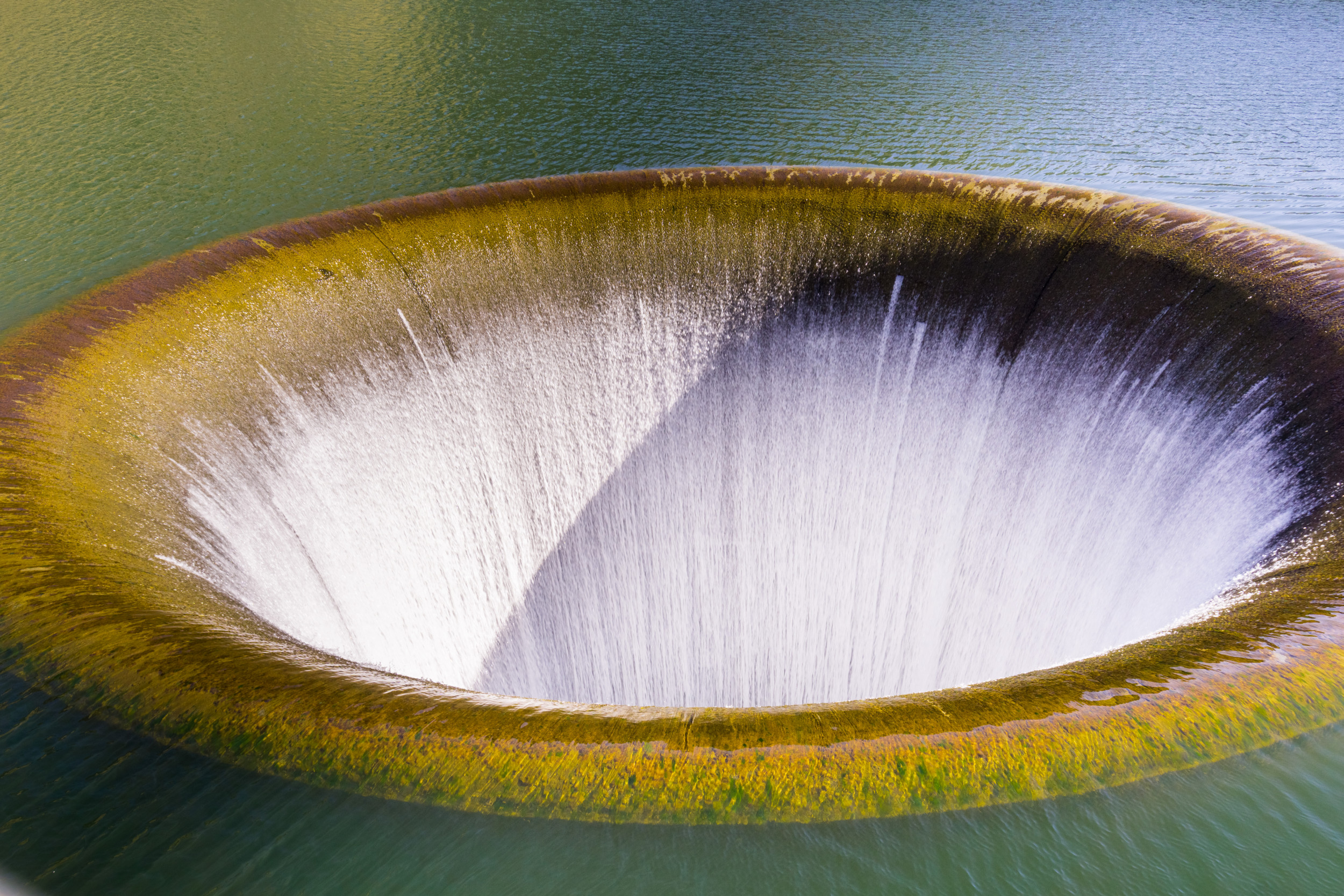
Future Research and Monitoring Techniques for Sinkholes
Advancements in sinkhole research and monitoring techniques are critical for understanding, predicting, and mitigating the impacts of these geological phenomena. The integration of various scientific disciplines and cutting-edge technologies offers promising avenues for future exploration.
- Airborne LiDAR and InSAR: The use of airborne Light Detection and Ranging (LiDAR) and Interferometric Synthetic Aperture Radar (InSAR) technologies has shown significant potential in detecting active sinkholes and estimating subsidence rates. These remote sensing tools enable the creation of high-resolution digital elevation models, facilitating the accurate mapping and morphometric analysis of sinkhole terrain.
- Geophysical Prospecting and Time-Lapse Monitoring: Geophysical methods, including electrical resistivity tomography (ERT), offer valuable insights into the subsurface conditions predisposing areas to sinkhole formation. Continuous monitoring through time-lapse geophysical measurements can track the evolution of subsurface dynamics, contributing to effective risk mitigation strategies.
- Remote Sensing and GIS Integration: The continuous monitoring of sinkhole-prone areas through satellite data, interferometry analysis, and geophysical prospecting, integrated with Geographical Information Systems (GIS), provides a comprehensive approach to sinkhole risk assessment. This multidisciplinary method allows for the detailed analysis of predisposing factors and the development of predictive models for sinkhole occurrence.
The future of sinkhole research hinges on the integration of these advanced techniques, offering a more nuanced understanding of sinkhole dynamics and enabling the development of early warning systems. Such systems are vital for safeguarding communities and infrastructure from the sudden onset of sinkholes, particularly in regions where they pose a significant risk.
READ MORE:
Conclusion: Living with Sinkholes and Protecting Vulnerable Areas
Living with sinkholes and protecting vulnerable areas requires a multifaceted approach, combining community awareness, scientific research, and proactive management strategies. Understanding the geological and hydrological processes that contribute to sinkhole formation is crucial for developing effective mitigation and adaptation strategies.
Key Strategies for Sinkhole Management
- Public Education and Awareness: Educating the community about the causes and risks of sinkholes, as well as the importance of water conservation and proper waste disposal, can reduce human-induced sinkholes.
- Geotechnical Assessments: Before construction, conducting thorough geotechnical assessments can identify potential sinkhole risks, allowing for the design of structures that minimize damage and ensure safety.
- Water Management Practices: Implementing sustainable water management practices, such as reducing groundwater extraction and ensuring proper stormwater drainage, can help stabilize the underlying geology.
- Regulatory Frameworks: Developing and enforcing regulations that limit activities likely to trigger sinkholes, such as heavy pumping of groundwater or construction on vulnerable land, is essential for long-term sinkhole risk reduction.
- Emergency Preparedness: Communities in sinkhole-prone areas should have emergency response plans in place, including evacuation routes and communication strategies, to effectively respond to sudden sinkhole occurrences.
- Research and Monitoring: Continuous research and monitoring of sinkhole-prone areas, using technologies such as ground-penetrating radar and satellite imaging, can provide early warning signs of sinkhole formation.
- Restoration and Rehabilitation: For areas already affected by sinkholes, restoration and rehabilitation efforts, such as filling sinkholes with appropriate materials and restoring natural vegetation, can help mitigate further damage.
Living with sinkholes requires a balance between development and the preservation of natural landscapes. By adopting a proactive and informed approach, communities can reduce the risks associated with sinkholes, protect vulnerable areas, and ensure a sustainable coexistence with this natural phenomenon.
Embrace the intricacies of our planet by exploring the fascinating world of sinkholes, where water"s silent power shapes the earth beneath our feet. Discover, protect, and coexist with these natural wonders in our ever-evolving landscape.
